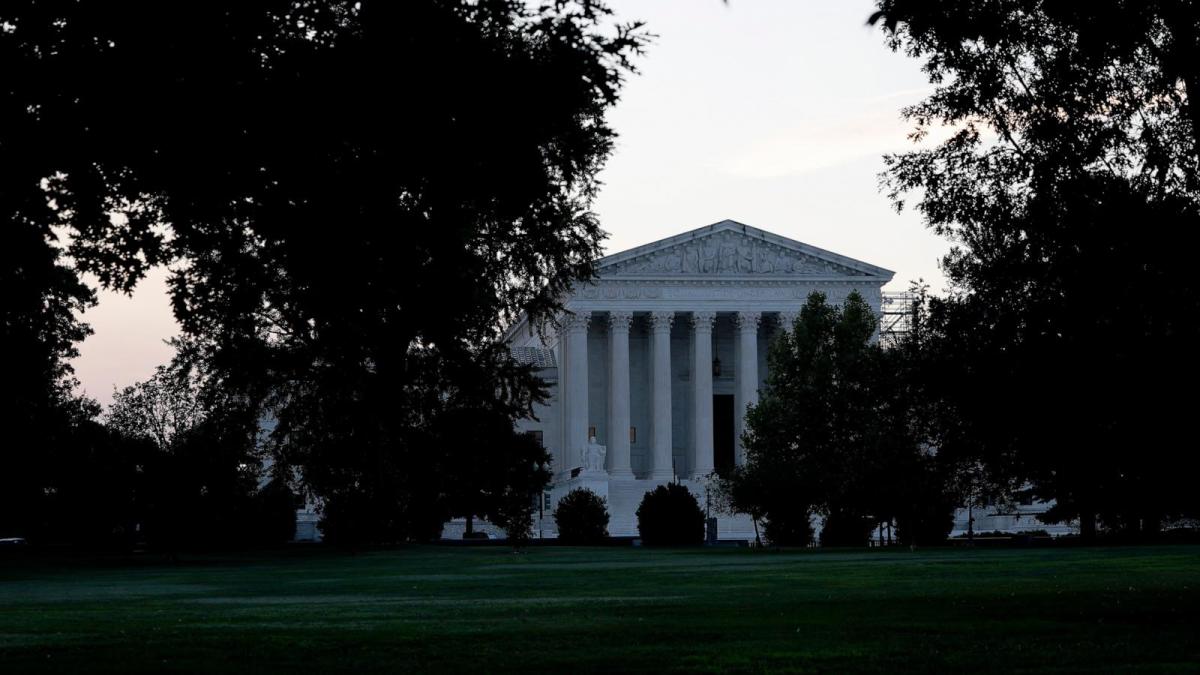The Caitlin Clark effect is still impacting the WNBA, despite the All-Star rookie and the Fever being eliminated by the Sun in a first-round sweep in the playoffs last week.
After Game 2 of the Fever-Sun opening-round series delivered the most-watched WNBA game ever on cable — 2.5 million viewers — on Sept. 25, the league brought in less viewership at the start of its semifinal round.
Game 1 of Liberty-Aces semifinals series, a 2023 WNBA Finals rematch, brought in 929,000 viewers on Sept. 29.
Although viewership was down in comparison to the Fever-Sun first-round series, Game 1 of the Liberty-Aces semifinal series was the most viewed WNBA semifinal in 22 years.
Clark’s first WNBA playoff game drew 1.84 million viewers, when the Sun beat the Fever in Game 1 on Sept. 22, despite competing with NFL Sunday.
In Game 2, viewership peaked at 3.4 million.
The WNBA delivered its most-watched regular season in 24 years and finished with its highest attendance in 22 years after bringing in a 2024 draft class highlighted by Clark, Sparks center Cameron Brink, and Sky stars Angel Reese and Kamilla Cardoso.
The league also set records for digital consumption and merchandise sales in 2024.
Clark and Reese’s college rivalry carried over to the WNBA and helped increase viewership, attendance, revenue and social media engagement.
Reese led the LSU Tigers to their first championship in program history in a win over Clark and Iowa in 2023 — when the former LSU forward famously waved her hand in front of Clark’s face, doing the “you can’t see me” gesture, at the end of the game, which helped fuel the rivalry.
Iowa defeated LSU in the Elite Eight of this year’s women’s NCAA Tournament.
After that, the WNBA experienced a meteoric rise, with teams moving games to NBA arenas to accommodate fans.
The Fever-Mystics regular-season game on Sept. 19 at Capital One Arena set a WNBA single-game attendance record of 20,711.
It was one of three games to draw at least 20,000 fans this season — along with 20,366 for Fever-Aces matchup on July 2 and 20,333 for Indiana versus Washington game on June 7.
The Fever’s total home attendance of 340,715 fans was a single-season record for a WNBA team, which surpassed the previous home attendance record of 250,565 set by the Liberty in 2001 in 16 games.
In July, the WNBA secured a landmark media rights deal with the Walt Disney Company and Amazon Prime Video, as well as a new agreement with NBCUniversal (NBCU) valued at roughly $2.2 billion over 11 years.
In its 28th season, the WNBA attracted an all-time record of more than 54 million unique viewers across ABC, CBS, ESPN, ESPN2, ION and NBA TV.
A record 22 regular-season game telecasts averaged at least 1 million viewers.
After the Fever rebounded from a 1-8 start to the season, Clark helped Indiana clinch a playoff spot for the first time since 2016.
She did it while etching her name in the WNBA record book after she became the NCAA’s all-time leading scorer for men and women’s basketball in her senior year at Iowa in March .
The Fever star set WNBA records for most assists both in a season (337) and in a game (19).
Clark recorded the first two triple-doubles by a rookie in league history and established single-season rookie records for points (769) and three-pointers made (122).















